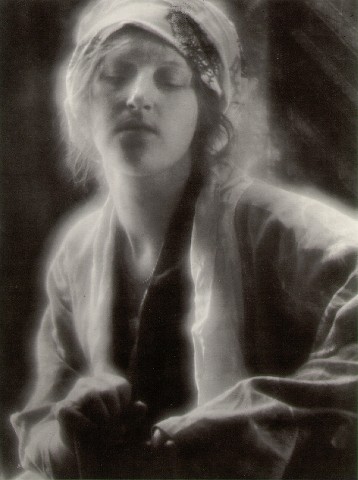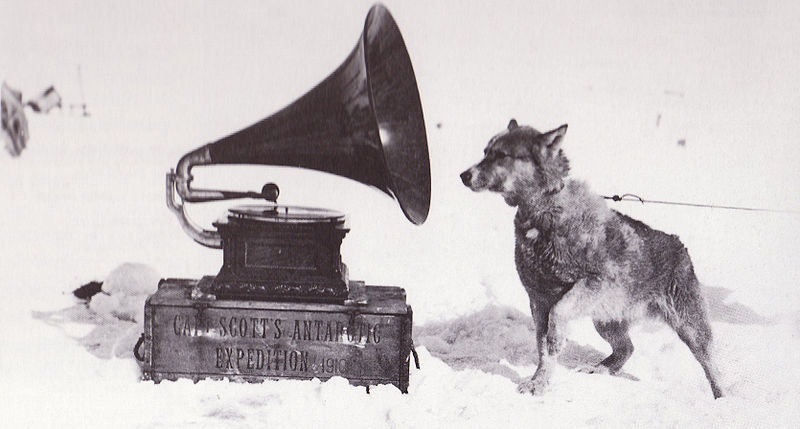
Figure 1 – Dream, 1910 by Imogen Cunningham. From the Wikipedia and in the public domain because of its age.
I went today to see the new exhibit at the Museum of Fine Arts of 35 photographs in their Lane Collection by Imogen Cunningham (1883–1976). Cunningham was a significant figure in the definitive years of 20th Century American photography. She was a co-founder of Group f/64, along with Edward Weston, Ansel Adams, and other San Francisco Bay Area photographers. For photographers of my generation, Imogen stands with Adams and Weston as defining of what photography should be. And being present at the end of her career we were enthralled with her landmark work, “After Ninety (1979).” My copy has been studied many times. The view of the f/64 Group represented an aesthetic of sharply-focused images and natural subjects. Cunningham, for the most part, preferred close-up botanicals and portraits to stunning and collosal landscapes, like those of Ansel Adams.
So a few points, first I found myself squinting in a dim light at some gorgeously intimate images. I still get the sense that photography is a poor second cousin at the MFA. That said, I have been to several wonderful shows there, and the word intimate almost always come to mind. But, I am not ready to “Rage, rage against the dying of the light.” OK, so we can take dim intimacy as a plus. The second point, is that I was reminded of what a wonderful medium silver gelatin was, and is. We can expect that in years hence there will be retro-minded artist, who will toil to produce it. Modern Giclée has its own appeal. It is just different. The third point that surprised me was that, while Cunningham’s group practiced a purity of image and eschewed excessive manipulation, Cunningham was a master of double exposure, solarization, and combined negatives.
Happily the last image that you encountered as you exit the gallery is Judy Dater’s famous Imogen and Twinka (1974). This has become ever so iconic an defining.
Oh, and the exhibit lasts until June 18. So go see it for yourself!


